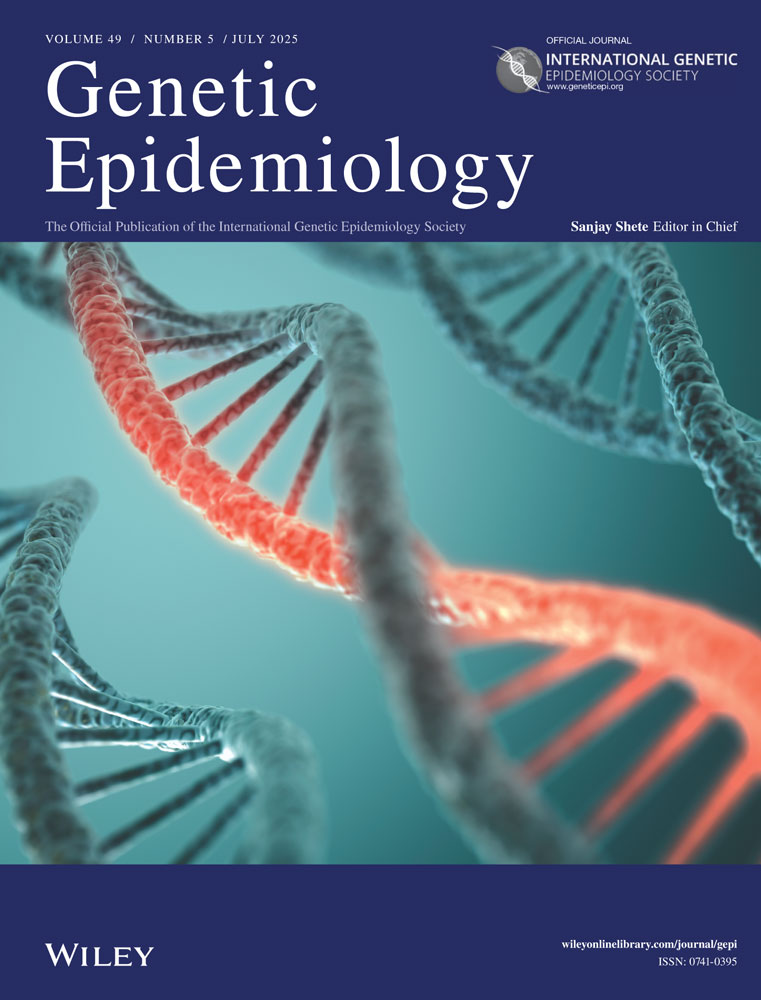Genetic heterogeneity in Alzheimer's disease: A grade of membership analysis
Abstract
Grade of membership analysis (GoM) may have particular relevance for genetic epidemiology. The method can flexibly relate genetic markers, clinical features, and environmental exposures to possible subtypes of disease termed pure types even when population allele frequencies and penetrance functions are not known. Hence, GoM may complement existing strategies that sometimes fail in the presence of heterogeneity or when case definition is not well established. To illustrate the method, individuals in the Seattle data set were evaluated with respect to affection status, age at onset, pedigree, sex, and genetic markers on chromosomes 19 and 21. Seven pure types were found which we have designated as: Early Onset, Late Onset, Probable, and Unaffected 1 to Unaffected 4. © 1993 Wiley-Liss, Inc.




